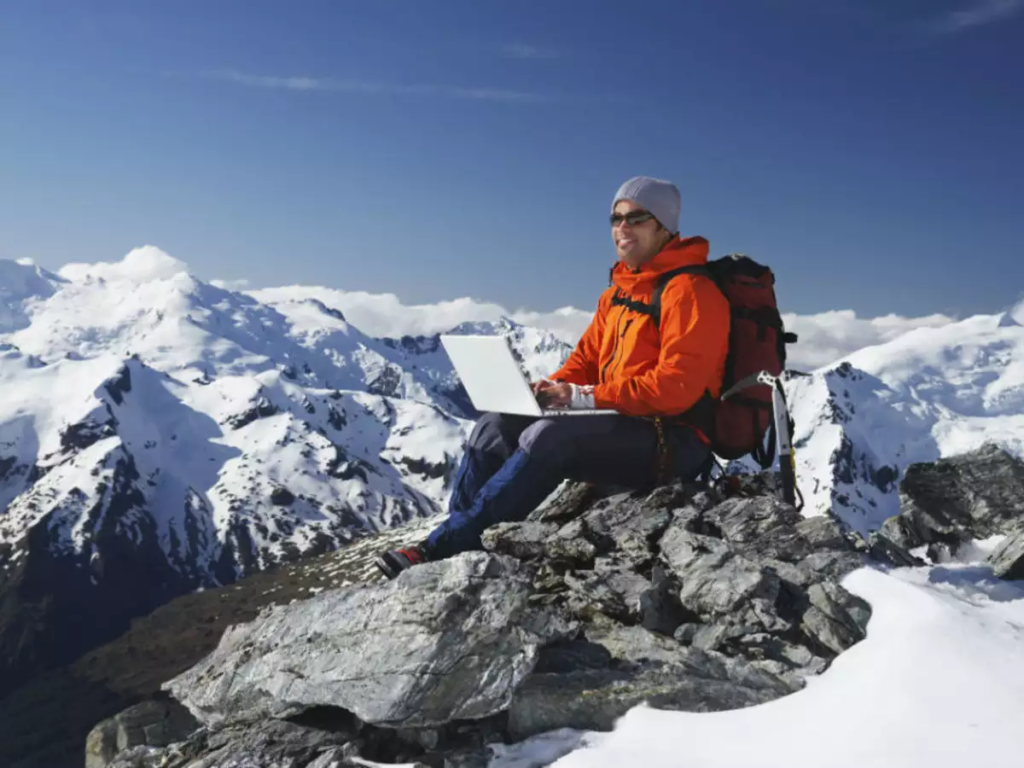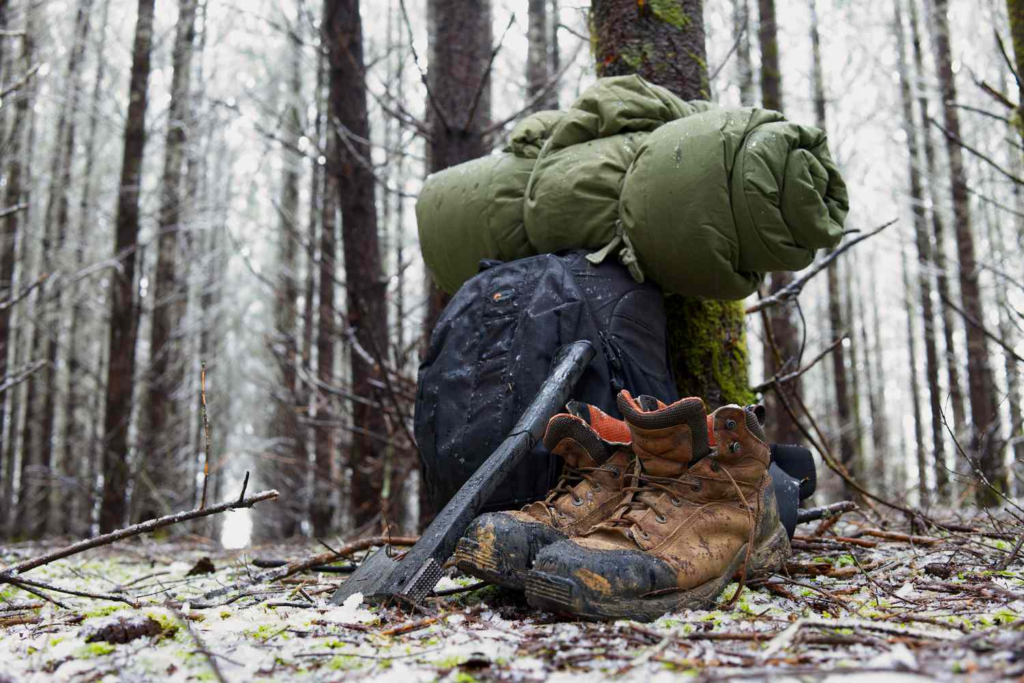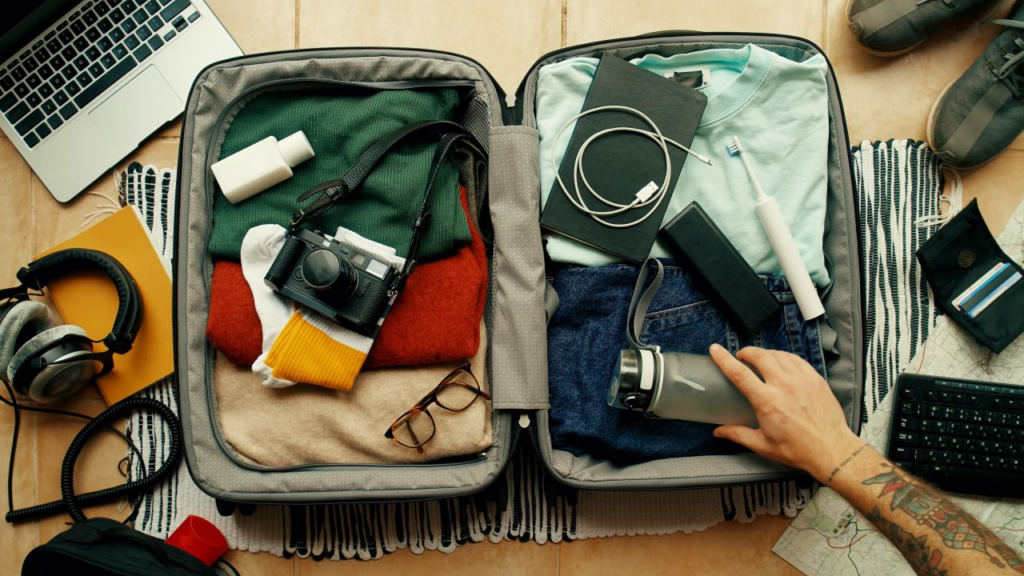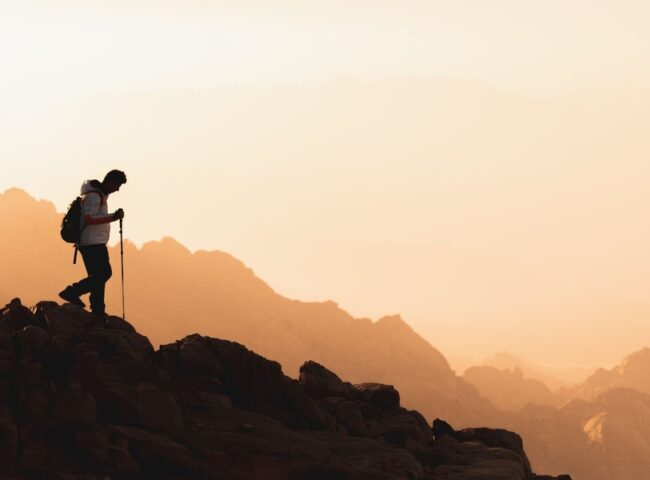Solo backpacking trips offer a unique opportunity for self-discovery, adventure, and a deep connection with nature. Whether you’re a seasoned backpacker or a beginner looking to embark on your first solo adventure, planning is key to a successful and safe journey. In this comprehensive guide, we’ll walk you through the steps to plan a solo backpacking trip, ensuring that you’re well-prepared for the challenges and rewards that lie ahead.
1. Choosing Your Destination
Research and Inspiration: The first step in planning your solo backpacking trip is to choose your destination. Begin by researching potential locations. Look for inspiring trip reports, photos, and maps. Online resources, guidebooks, and social media platforms can provide valuable insights into the beauty and challenges of specific areas.
Season and Weather Considerations: Consider the time of year you plan to embark on your journey. Research the average weather conditions for your chosen destination during that season. Ensure your gear and clothing are suitable for the expected conditions. Be prepared for unexpected weather changes, especially in mountainous areas.
Permit Requirements: Many wilderness areas require permits for backpacking. Research the permit requirements for your chosen destination and apply for them well in advance. Keep copies of your permits, maps, and regulations with you during your trip. This ensures you comply with local rules and helps you navigate effectively.

2. Packing Essentials
Backpack Selection: Selecting the right backpack is crucial. Choose one that fits comfortably and is large enough to carry your gear and supplies. Make sure it is adjustable to your body size and provides support for the weight you plan to carry.
Clothing and Footwear: Pack clothing suitable for the season and weather. Consider layers that you can add or remove to maintain comfort. Choose moisture-wicking materials and high-quality footwear that provide adequate support for your trek.
Camping Gear: Essential camping gear includes a tent, sleeping bag, sleeping pad, and a backpacking stove. Invest in lightweight, compact, and durable options to reduce the weight you carry.
Food and Cooking Supplies: Plan your meals carefully, considering caloric needs and dietary restrictions. Use dehydrated or freeze-dried foods to minimize weight and waste. Include a lightweight cooking stove, cookware, and utensils.
Navigation Tools: Carry maps, a compass, and a GPS device to ensure you stay on track. Familiarize yourself with the area’s topography and landmarks before you begin your journey.
Safety and First Aid: Pack a well-equipped first aid kit, complete with items for minor injuries and illnesses. Ensure you have a reliable multi-tool, headlamp, fire-starting materials, and a signaling device for emergencies.


3. Route Planning
Trail Selection: Research the available trails in your chosen destination and select one that matches your skill level and preferences. Consider the terrain, elevation changes, and difficulty rating of the trail.
Mileage and Daily Goals: Plan your daily mileage based on your fitness level and the trail’s difficulty. Take into account rest days and time for sightseeing. Be realistic about your capabilities to avoid overexertion.
Water Sources: Identify water sources along your route and plan your daily water consumption accordingly. Carry a water purification system to ensure safe drinking water throughout your trip.
Campsite Selection: Familiarize yourself with designated campsites and regulations for camping in your chosen area. Respect camping guidelines to minimize your impact on the environment.
Emergency Exit Plans: Prepare for unexpected emergencies by identifying exit points on your route. Inform someone you trust of your plans and expected return date. Have a clear communication strategy in case of emergencies.

4. Fitness and Training
Physical Conditioning: Get in shape before your trip. Build your endurance, strength, and stamina through regular physical activity, such as hiking and backpacking, in the months leading up to your journey.
Mental Preparation: Mental resilience is essential. Prepare for solitude and the potential challenges of the wilderness by practicing mindfulness and stress management techniques.
Wilderness Skills: Familiarize yourself with basic wilderness skills, such as navigation, setting up camp, and wildlife awareness. Knowing how to handle various situations enhances your safety and enjoyment.

5. Leave No Trace Ethics
Principles of Leave No Trace: Follow Leave No Trace principles to minimize your impact on the environment. Leave natural areas as you found them, dispose of waste responsibly, and respect wildlife and other hikers.
Responsible Camping and Hiking: Stay on designated trails, camp only in designated areas, and avoid trampling fragile vegetation. Dispose of waste in accordance with local regulations.

6. Safety Precautions
Share Your Itinerary: Before you embark on your trip, share your detailed itinerary with a trusted friend or family member. Provide information about your route, expected return date, and emergency contact numbers.
Emergency Contacts: Carry a list of emergency contact numbers, including park rangers, local authorities, and your designated emergency contact.
Emergency Equipment: Have emergency equipment on hand, such as a whistle, signaling mirror, and satellite communication device. Ensure you know how to use these tools in case of emergencies.

7. Budgeting
Transportation Costs: Factor in the cost of transportation to and from your backpacking destination. This includes flights, fuel, or public transportation fees.
Food and Supplies: Estimate the cost of food, camping permits, and any supplies you need to purchase for your trip. Budget for any gear you may need to replace or upgrade.
Permits and Fees: Research and budget for any permits or entrance fees required for your chosen backpacking destination.

8. Final Checklists
Gear Checklist: Make a checklist of all your gear, ensuring everything is in working order. Test your gear before your trip to address any issues.
Food Checklist: Plan your meals and create a checklist of food items, quantities, and calorie counts. Pack your food with care to minimize weight and waste.
Personal Checklist: Double-check your personal items, including identification, money, medications, and any essential personal documents.

9. Before You Go
Test Your Gear: Take a short shakedown trip to test your gear and familiarize yourself with its use. This will help you identify any potential issues and make necessary adjustments.
Emergency Response Drills: Practice emergency response drills, such as using your communication and navigation tools. Ensure you can navigate, communicate, and manage potential emergencies effectively.
Review Your Plan: Finally, review your entire plan, including your itinerary, gear, and safety measures. Make any necessary adjustments based on your test trips and updated weather forecasts.

With proper planning and preparation, a solo backpacking trip can be a fulfilling and safe adventure. Remember that nature can be unpredictable, so flexibility and adaptability are key to a successful journey. Enjoy the solitude, the breathtaking landscapes, and the self-discovery that come with backpacking solo, and always leave no trace to protect the beauty of the wilderness for future generations. Safe travels!






